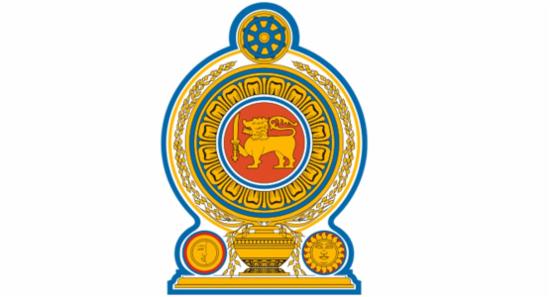.webp)
Sri Lanka's debt increased to $44.8bn under MR
COLOMBO (News 1st) - Yesterday, News 1st reported startling revelations made by the New York Times on China's direct involvement in funding Sri Lankan elections and its stranglehold on Sri Lanka.
In its investigative report titled 'How China Got Sri Lanka to Cough Up a Port', the New York Times reports that "Chinese officials and the China Harbor company, which constructed the Hambantota Port, went to great lengths to keep relations strong with Rajapaksa," to the point that large payments started to flow toward the president's circle as the Presidential Election drew closer.
The New York Times reported, "at least $7.6 million was dispensed from China Harbor’s account at Standard Chartered Bank to affiliates of Rajapaksa’s campaign." The New York Times said similar reports emerged from Bangladesh and the Philippines adding both the countries had banned China Harbour from future projects on accusations of bribing officials and other corruption practices.
Quoting Former Indian Foreign Secretary Shivshankar Menon, The New York Times said the government of President Mahinda Rajapaksa initially approached India for the port. But after its refusal, Rajapaksa later announced that China had agreed to get on board for the port.
The first loan of $307 million, had originally come at a variable rate that usually settled above 1 or 2 percent after the global financial crash in 2008. For comparison, the New York Times says rates on similar Japanese loans for infrastructure projects run below half a percent.
THE BIRTHDAY RUSH
The report in its investigation further reveals that in 2010, the President's 65th birthday was approaching and to mark the occasion he wanted a grand opening at the Hambantota port. Chinese laborers began working day and night to get the port ready, officials said. But when workers dredged the land and then flooded it to create the basin of the port, they had not taken into account a large boulder that partly blocked the entrance, preventing the entry of large ships. China Harbor blasted the boulder a year later, at a cost of $40 million, an exorbitant price that raised concerns among diplomats and government officials. The report goes on to state that President Mahinda Rajapaksa went back to the Chinese government in 2012, asking for $757 million to expand the port. The Chinese agreed again but this time, the terms were much steeper. To secure fresh funding the initial loan was renegotiated to a much higher 6.3 percent fixed rate. Rajapaksa acquiesced. Under Mr. Rajapaksa, the country’s debt had increased threefold, to $44.8 billion when he left office. And for 2015 alone, a $4.68 billion payment was due at year’s end. The Central Bank estimated that Sri Lanka owed China about $3 billion last year. Economists estimated that debt owed to China could be as much as $5 billion and was growing every year. In May, Sri Lanka took a new $1 billion loan from China Development Bank to help make its coming debt payment. While Sri Lanka had fallen into a deeper debt trap, the new government signed an agreement to lease the Hambantota Port to China for a period of 99 years. According to the New York Times, China has helped finance at least 35 ports around the world in the past decade. Two of these ports are in Sri Lanka. The New York Times China had a stake in Sri Lanka’s main port as well: China Harbor was building a new terminal there, known at the time as Colombo Port City. Along with that deal came roughly 50 acres of land, solely held by the Chinese company, that Sri Lanka had no sovereignty on. "The handover of Hambantota to the Chinese has kept alive concerns about possible military use particularly as China has continued to militarize island holdings around the South China sea despite earlier pledges not to. The New York Times says Sri Lankan officials have been quick to point out that the agreement explicitly rules out China’s military use of the site.Other Articles
Featured News





.png )











-797273_550x300.jpg)


















.gif)